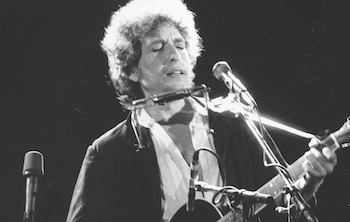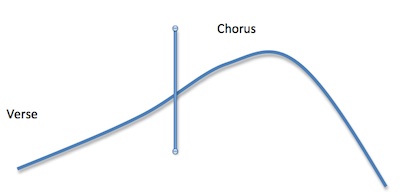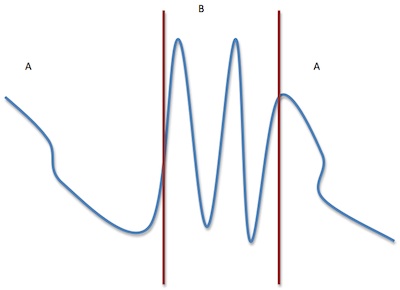 “Hooks and Riffs: How They Grab Attention, Make Songs Memorable, and Build Your Fan Base” is a new ebook by Gary Ewer. It describes the ins and outs of how and why hooks are so powerful, along with several methods for writing your own!. It comes with your purchase of “The Essential Secrets of Songwriting” 10-eBook Bundle. Read more..
“Hooks and Riffs: How They Grab Attention, Make Songs Memorable, and Build Your Fan Base” is a new ebook by Gary Ewer. It describes the ins and outs of how and why hooks are so powerful, along with several methods for writing your own!. It comes with your purchase of “The Essential Secrets of Songwriting” 10-eBook Bundle. Read more..
___________
 You know that if your song uses a verse and chorus, the song’s highest notes are going to be found in the chorus. You’ll notice a kind of inverted-U or inverted-V shape (roughly speaking), where the highest notes occur somewhere in the chorus:
You know that if your song uses a verse and chorus, the song’s highest notes are going to be found in the chorus. You’ll notice a kind of inverted-U or inverted-V shape (roughly speaking), where the highest notes occur somewhere in the chorus:
The sketch above shows a general melodic shape formula where the verse melody generally rises to meet the chorus, and the melodic climactic moment occurs somewhere near the middle of the chorus.
But what do you do for songs that use a verse only? What’s a good way to shape your melody so that it builds energy in the best way?
A common melodic design for verse-only melodies is to use the inverted-U as the template, where the entire sketch above describes the full melody. In other words, a verse-only song will usually use a melody that starts low, finds its highest point somewhere between the midpoint and the two-thirds-point, and then moves down.
And it doesn’t matter which genre you’re composing in. “Summer Wind“, written by Heinz Meier with lyrics by Johnny Mercer and recorded most famously by Frank Sinatra, is a beautiful jazz ballad that demonstrates this typical shape perfectly.
This isn’t a rule, of course. Dylan’s “All Along the Watchtower” resides mostly around the same 3 or 4 notes, where the highest notes do indeed happen in the second half of the first verse. But as you can hear, melodic shape is very restricted in this song. That’s purposeful: songs that hang around the same very few notes tend to strengthen vocal power, and work very well in songs that deal with topics like social justice.
Another more recent Dylan song, “Make You Feel My Love“, from his 1997 “Time Out of Mind” album, shows another option: the 3-part verse melody in ABA format. ABA simply means that a melody (A) is followed by a new melody generally pitched higher and on different chords (B), returning to the original melody. In those cases, the highest notes will usually occur in the second half. “Make You Feel My Love” uses a design where the melody starts high and moves down throughout the A-section, similar to John Lennon’s “Norwegian Wood”:
The squiggle above may seem chaotic, but the important part to consider is that, as in the first option at the top of this post, the highest notes occur in the middle. That’s generally going to be the design that works best for you in a verse-only song.
Melodic design is an important part of sustaining song energy and momentum. When the highest notes occur in the second half of the melody, it feels right to then allow those high notes to descend, ending in a similar range as the beginning.
______________
 Written by Gary Ewer. Follow on Twitter.
Written by Gary Ewer. Follow on Twitter.
“The Essential Secrets of Songwriting” eBook Bundles look at songwriting from every angle, and have been used by thousands of songwriters. How to use chords, write melodies, and craft winning lyrics.












Hi Gary another great post , just a little something, many times have followed your links of songs to you tube and the problem seems to be that two versions of the same song start playing at the same time, and I have to shut down and start my computer again , I wonder if any one else is getting the same problem.
Best Wishes